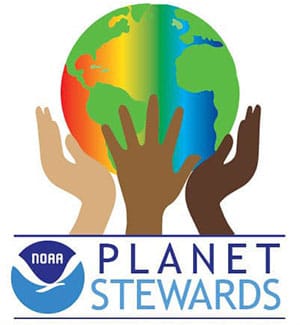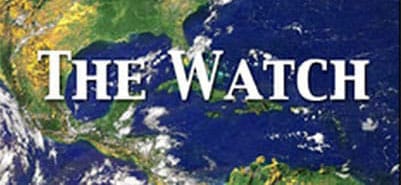Western Water Resources, Climate, and Science
Mark Twain famously noted that “whiskey is for drinking; water is for fighting over.” This is particularly true in the semi-arid western United States where the balance between water supply and water demand is nearly equal. Stress on the system is exacerbated by both human demands on the system but also climate variability and change. This talk will describe the water resources environment in the Western United States including the impact of climate change. This talk will also describe my own experience with working with decision makers in the water resources sector to utilize forecasts and science from NOAA to improve their operations.

Kevin Werner
At the time of this broadcast Kevin Werner was NOAA’s Western Regional Climate Services Director. In this role, Kevin connected climate science to application and decision makers in the western United States. Kevin has also worked at the NOAA’s National Weather Service (NWS) and the NOAA commissioned officer corps. In the NWS, Kevin worked primarily at the Colorado Basin River Forecast Center connecting water predictions and science with people and organizations that would benefit from forecasts and understanding of the region’s hydrology. Kevin has also infused new science and technology into river forecast operational procedures and methods. Kevin holds degrees in atmospheric science, mathematics, and public administration from the Universities of Washington and Utah.


Social